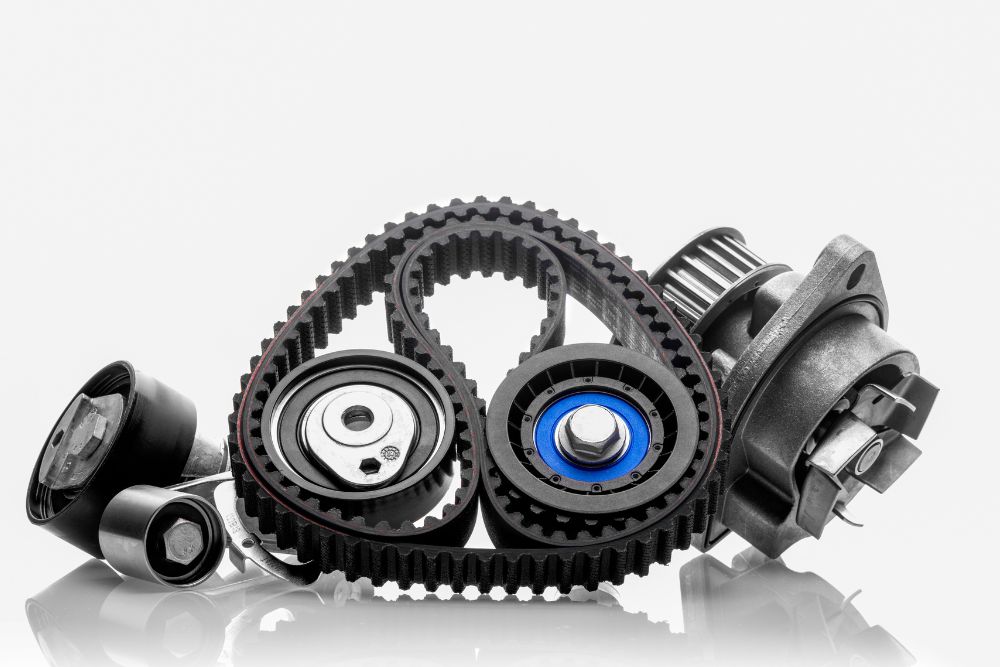In the intricate symphony of engine operation, camshaft position sensors play a vital solo, providing crucial feedback to the engine control unit (ECU) to ensure precise timing and optimal performance. These sensors may be small, but their impact on engine efficiency and reliability is significant. Let’s explore the role of camshaft position sensors and why they are essential components in modern automotive engines.
Understanding Camshaft Position Sensors
Camshaft position sensors are electronic devices that monitor the position and rotational speed of the camshaft(s) about the crankshaft. They typically utilize magnetic or Hall effect sensors to detect the passage of teeth or reluctor rings on the camshaft(s), generating signals that are transmitted to the ECU. This information allows the ECU to synchronize fuel injection, ignition timing, and variable valve timing (if equipped) for optimal engine performance.
Key Functions Of Camshaft Position Sensors
Timing Control: Camshaft position sensors help the ECU determine the precise timing of intake and exhaust valve operation, ensuring optimal combustion efficiency and power output.
Misfire Detection: By monitoring camshaft rotation, these sensors can detect irregularities in engine operation, such as misfires or timing discrepancies, allowing the ECU to make adjustments to maintain smooth performance.
Variable Valve Timing (VVT): In engines equipped with VVT systems, camshaft position sensors play a crucial role in controlling valve timing and lift, optimizing performance and fuel efficiency across different operating conditions.
Signs Of Camshaft Position Sensor Issues
Like any electronic component, camshaft position sensors can fail or malfunction over time. Common signs of sensor issues include:
Check Engine Light: Illumination of the check engine light on the dashboard.
Engine Performance Issues: Rough idling, hesitation, or reduced power output.
Starting Problems: Difficulty starting the engine or frequent stalling.
Poor Fuel Economy: Decreased fuel efficiency compared to normal operation.
Camshaft position sensors may be small in size, but their impact on engine performance is immense. By providing critical feedback to the ECU, these sensors help ensure precise timing, optimal combustion, and smooth operation. Regular maintenance and prompt diagnosis of sensor issues are essential for preserving engine performance and reliability. If you encounter any signs of sensor malfunction, consult a qualified mechanic for diagnosis and repair to keep your engine running smoothly.

